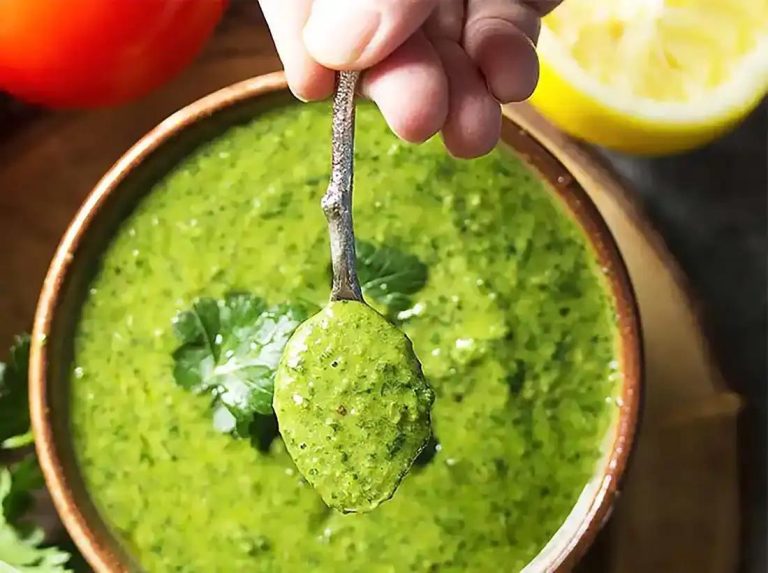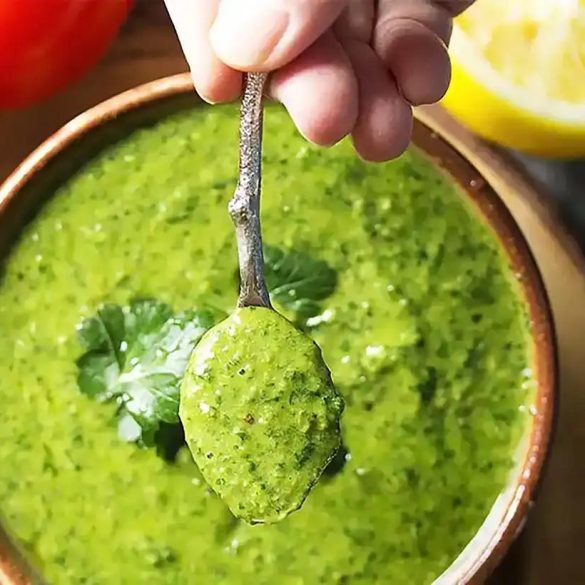Table of Contents
Italian herb paste is a vibrant, versatile ingredient that combines fresh, aromatic herbs with olive oil to create a flavorful, nutrient-rich paste. Whether you’re looking to elevate a simple pasta dish, enhance a marinade, or create a quick, flavorful spread, this homemade Italian herb paste is a must-have in your kitchen. Its fresh, herbaceous flavor profile pairs perfectly with a wide variety of dishes, from grilled meats to roasted vegetables and even as a topping for bread.
Making Italian herb paste at home is simple, allowing you to control the ingredients and tweak it to your taste. You can select the freshest herbs from your garden or local market, ensuring optimal flavor and nutritional value. It’s also a fantastic way to preserve herbs at their peak season, preventing waste while adding bold flavors to your meals year-round.
How To Make Italian Herb Paste Recipe
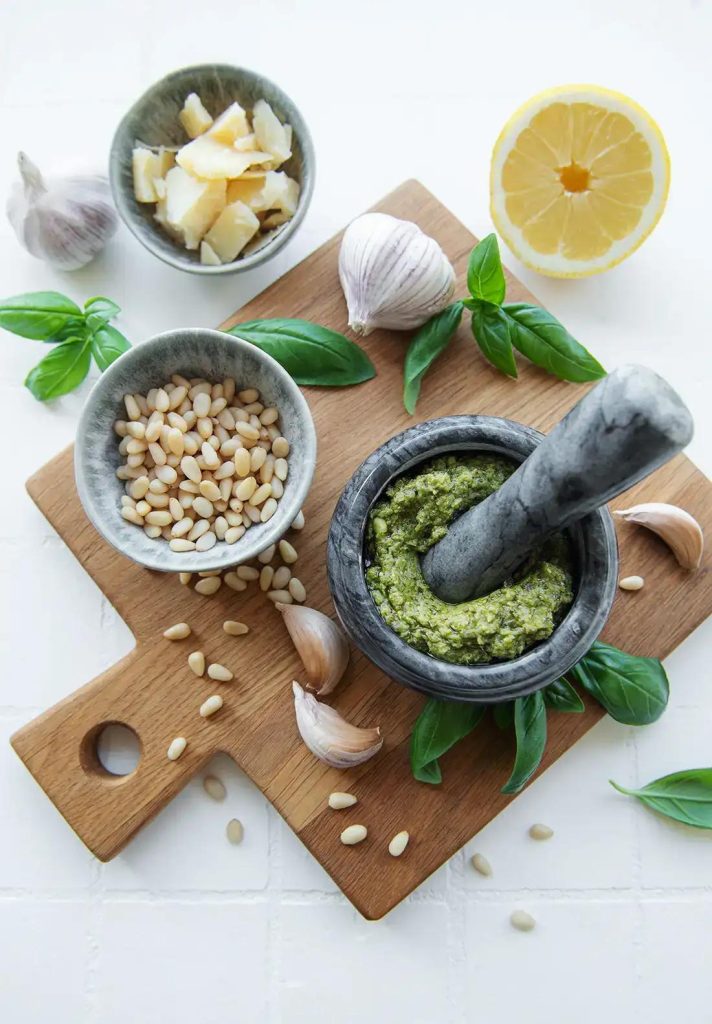
1. Ingredients
To make a fresh and flavorful Italian herb paste, you’ll need the following ingredients:
- 1 cup fresh basil leaves – A classic base herb for Italian flavor.
- ½ cup fresh flat-leaf parsley – Adds brightness and a mild peppery note.
- ¼ cup fresh oregano – Earthy and slightly bitter, great for depth.
- Olive oil – extra virgin for best quality
- 2 tablespoons fresh rosemary – Provides a woody, aromatic essence.
- 1 tablespoon fresh thyme – A subtle, earthy herb with floral undertones.
- 3 garlic cloves – Adjust for preference, offers a rich, sharp bite.
- 1 tablespoon lemon juice – Brings freshness and a balanced acidity.
- ½ cup extra virgin olive oil – Acts as the base for a smooth consistency.
- Salt and black pepper to taste – Enhances all the flavors.
- Optional: lemon juice or vinegar for a tangy finish.
- Optional: Red pepper flakes – For those who enjoy a little heat.
The versatility of this recipe allows you to tweak the herbs based on availability and preference. Common substitutions include rosemary or tarragon.
2. Instructions
Follow these simple steps to make your homemade Italian herb paste:
- Prepare the herbs: Rinse and pat dry the fresh herbs. Strip the leaves from the stems and chop them roughly.
- Blend ingredients: In a food processor, combine the herbs, garlic, and olive oil. Pulse until a smooth paste forms.
- Season: Add salt and pepper to taste. For added brightness, squeeze in some lemon juice or vinegar.
- Store: Transfer the paste to an airtight container. Cover with a thin layer of olive oil to prevent oxidation, and store it in the fridge for up to a week, or freeze in ice cube trays for longer storage.
3. Cooking Tips
- Preserving freshness: Ensure the paste is covered with olive oil in the fridge to keep it fresh longer.
- Freezing tip: Freeze portions in ice cube trays, then transfer the cubes to a freezer bag. This allows for easy access to smaller quantities.
- Blending: If the paste is too thick, gradually add more olive oil to achieve your desired consistency.
- Herb choices: Basil and oregano are popular choices, but experiment with other herbs like marjoram, mint, or cilantro
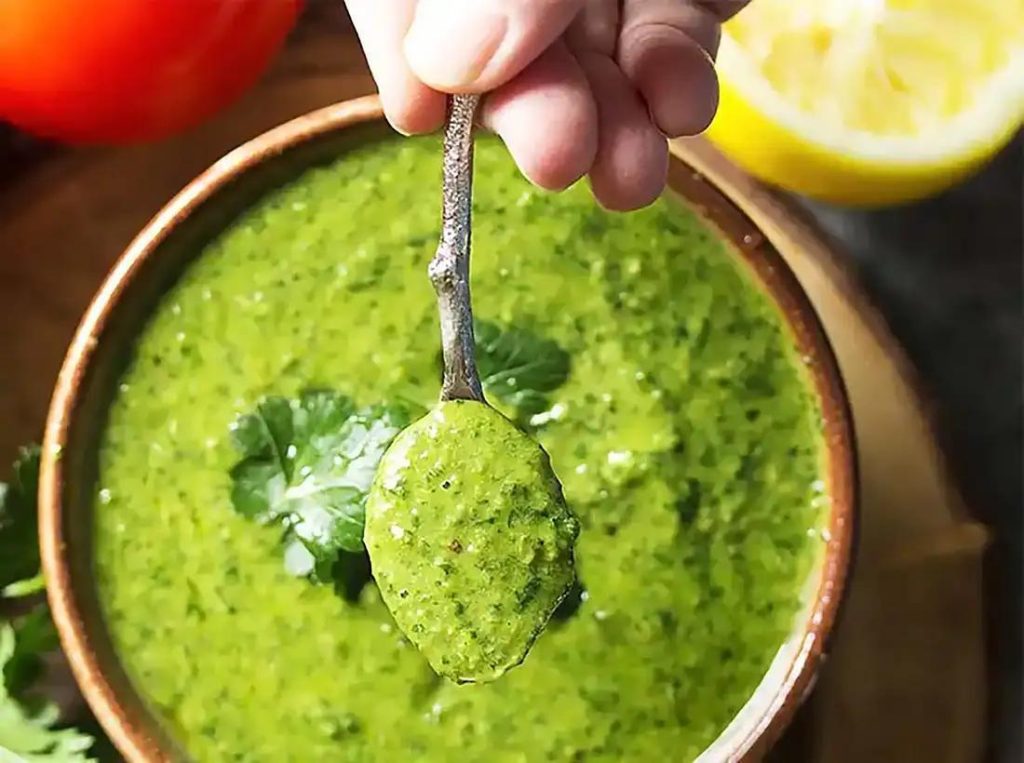
4. Where and How to Use Italian Herb Paste
Italian herb paste is incredibly versatile and can be used in various dishes to add rich herbaceous flavor:
- Pasta dishes: Toss with freshly cooked pasta, olive oil, and parmesan for a quick herbaceous meal.
- Grilled meats: Use as a marinade or slather over grilled chicken, steak, or lamb before cooking.
- Bread spread: Spread over fresh bread or crackers for an easy appetizer.
- Soups and stews: Stir a spoonful into soups and stews for a fresh herbal note.
- Pizza topping: Use as a base for pizza, under the cheese or alongside a tomato sauce.
5. FAQs
How long does Italian herb paste last in the fridge?
When stored in an airtight container and covered with olive oil, the paste can last up to a week in the fridge(
Can I freeze Italian herb paste?
Yes! Freeze it in ice cube trays, then transfer the cubes to a freezer bag. The frozen cubes will last up to 6 months(
What herbs work best for this paste?
Basil, parsley, and oregano are the most common herbs. However, rosemary, thyme, and even mint can add unique flavors
6. Italian Herb Paste Substitutes
If you’re out of certain ingredients, here are some alternatives:
- Dried herbs: In a pinch, dried herbs can be used, but reduce the quantity by half since dried herbs are more concentrated in flavor.
- Pesto: Though it typically includes nuts and cheese, pesto can be used as a substitute if Italian herb paste is unavailable.
- Herb blends: Pre-made herb blends like Herbes de Provence or Italian seasoning can offer a similar flavor profile when fresh herbs aren’t available.
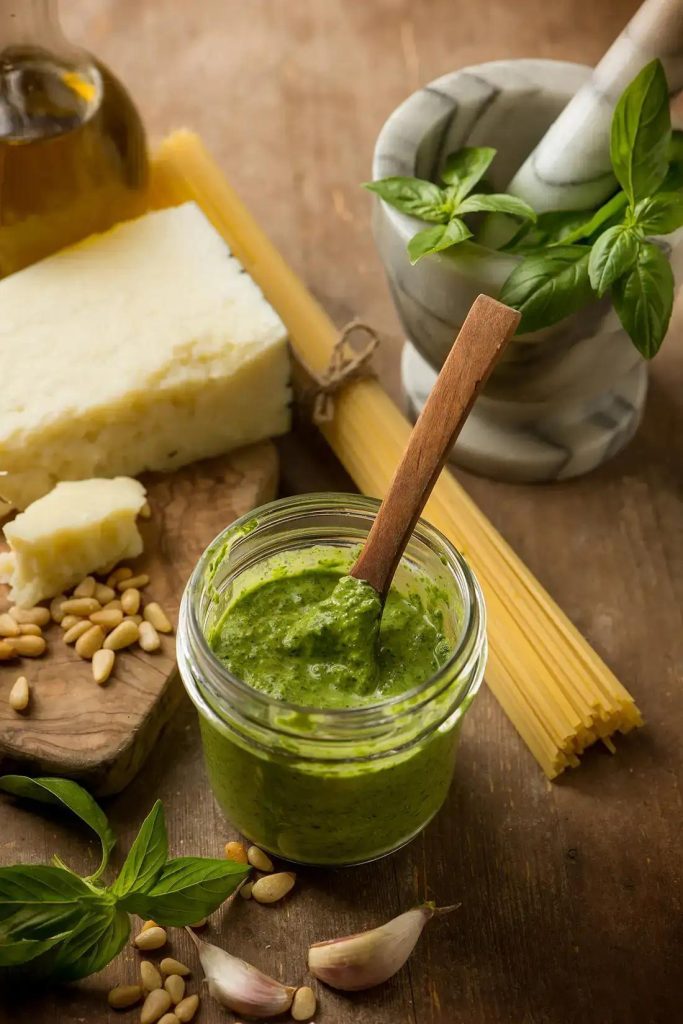
7. Nutrition Information
Italian herb paste is a healthy addition to any meal:
- Calories: A tablespoon contains about 40-50 calories, mostly from olive oil.
- Nutrients: It’s rich in vitamins A, C, and K from the herbs, and also provides antioxidants.
- Fats: The paste is a good source of healthy monounsaturated fats from olive oil.
8. Why Make Your Own Italian Herb Paste?
- Flavor customization: You can adjust the herbs to match your personal taste.
- Preservation: It’s a great way to use excess herbs and preserve their flavors for later.
- Health benefits: Fresh herbs are packed with vitamins and antioxidants, making the paste both delicious and nutritious.
This paste is ideal for busy cooks looking for quick ways to infuse their dishes with the unmistakable taste of Italian herbs for pasta, pizzas, and much more


